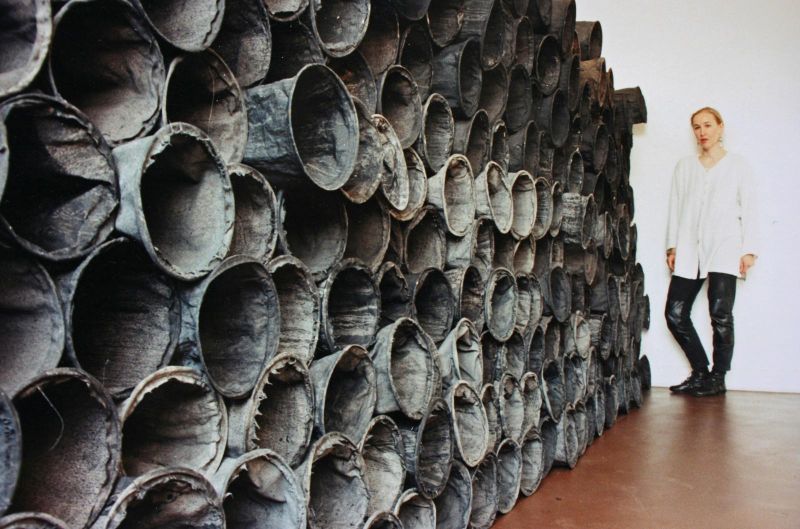Danuta Karsten – “In my work space is materialised”
Mediathek Sorted
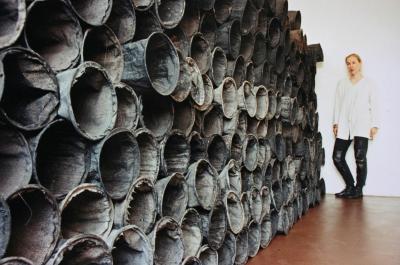
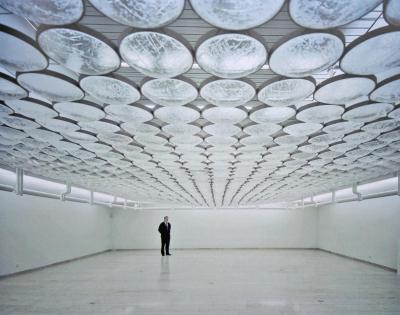
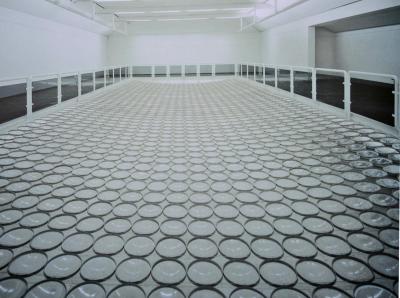
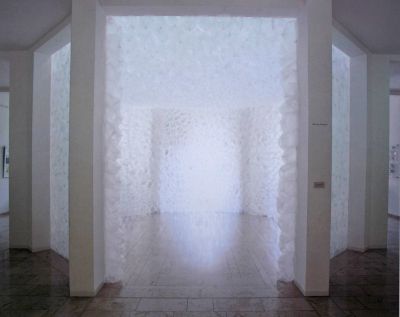
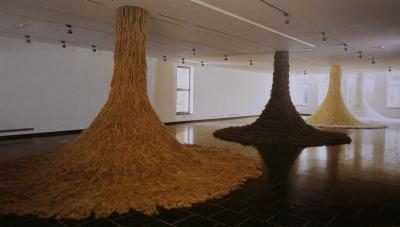
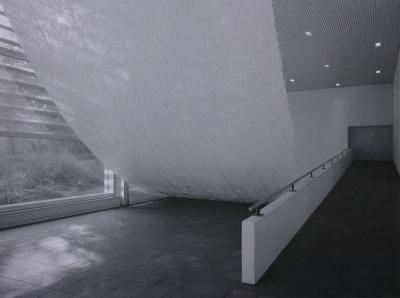
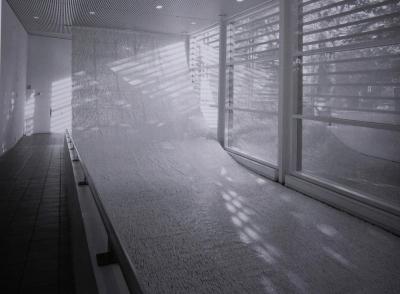

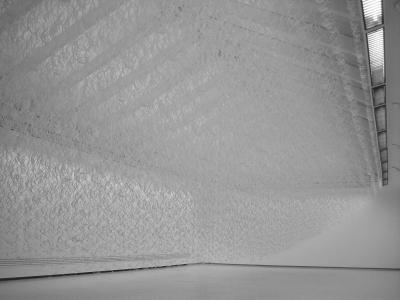
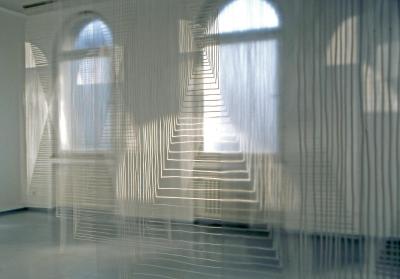
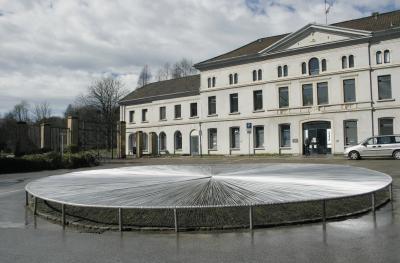
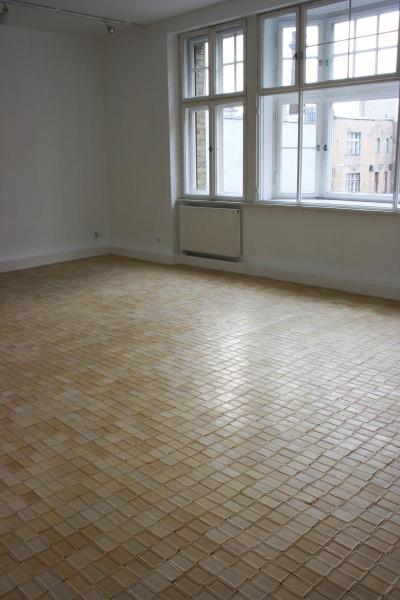
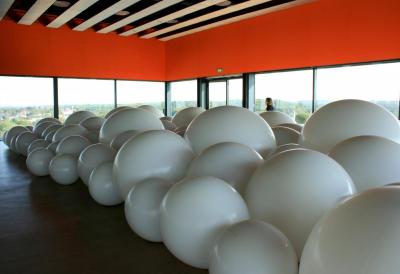
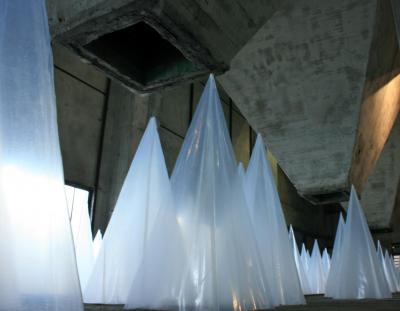
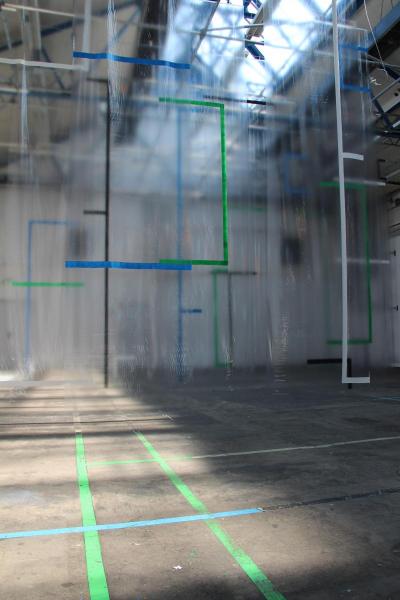
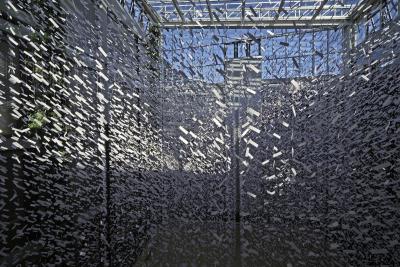
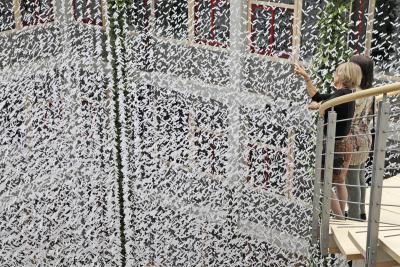
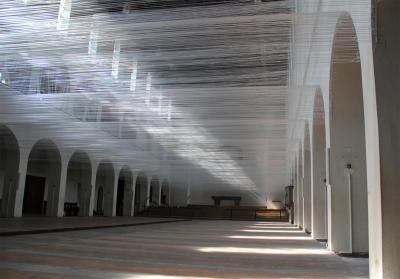
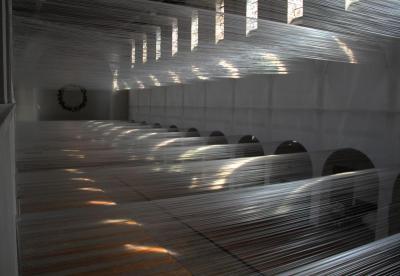
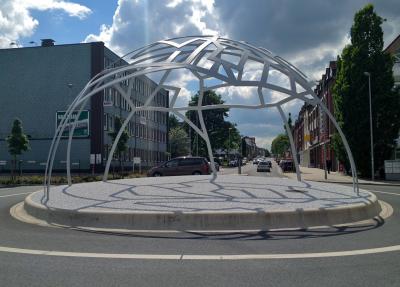

Although the majority of professors at the Düsseldorf Academy focused on concept art during the time when Danuta Karsten was a student there, she preferred to concentrate on the expressive power inherent in material. Her studies with clay, straw, untreated cotton, quark, woven plants, paper, water glass and soil pigments, partly on the ground and partly suspended in interior spaces or installed on metal stands, are shot through with the reverence for material that she learnt during her time at the Academy in Danzig. However in her first public installations in Germany, in churches and gallery spaces, these echoes of Arte Povera give way to an object-like grasp and a highly aesthetic staging of material similar to Magdalena Abakanowicz’s Polish textile art in the 1970s, or the paper and textile objects produced by the Romanian artist duo Ritzi and Peter Jacobi. Karsten’s installations made of paper soaked in water glass in the form of folded conical bags (1994) and hung in the Philip Nicolai church in Recklinghausen; and in the form of large flat sheets piled on top of one another to make a corner cone (1997) exhibited in the Kunsthaus Essen, still display the original, raw, manual and close-to-nature feeling for material deeply rooted in the origins of artists from Eastern Europe. It also characterises Karsten’s room dividers made of two hundred untreated cotton tubes painted black and stiffened with potato starch that were also shown in Essen (ill. 1).
This changed in 1996 when Danuta Karsten began to work with plastic foil, strips and string, and other mostly white or transparent materials. Alongside the white paper that she often uses, these materials also included white twine, matches, latex and soap, mostly arranged in geometrical patterns. The change from Arte Povera “poor” materials to everyday working materials, was evident in an installation made of hundreds of air cushions and shown in the octagon of the foyer of the Ostdeutsche Galerie Museum in Regensburg in 1999 (ill. 3). Her earliest installation of this type was in 1996. It consisted of sixty pyramids of sewn-together PVC sheets standing, solely because of the static potential inherent in the material, in the psychiatric hospital in Bedburg-Hau.
By contrast with the works she created before 1996 in which she used space solely as a place to present her artistic works, from now on she began to relate her work to the whole of the space available within a room, which was itself transformed into a work of art with the installed materials. Since then material and space have been inseparable in her work. She used PVC pyramids for further installations: in 1999 and 2000 in Nordkirchen and Antwerp; in 2000 in the installation entitled “Light Breath” in the Galerie Koło in Danzig; and finally in the eponymous two hundred and fifty installations in 2010 in the Zollverein Colliery in Essen (ill.11). Danuta Karsten rearranges her geometric modules time and time again to suit the corresponding space, thereby reinterpreting them once more. This principle can be seen in all of her work: she takes a found material, “declines” it in serial form and installs it in various spaces until she has achieved a final result which seems to have exhausted all the possibilities. The fact that she also “declines” material according to the way it looks and how it can be manually reworked, can be seen in a work known as “Clothes” that she installed in 2001 in Hattingen: here she took four identical falling-flowing figures and alternated them with hemp, metal wool, sisal and synthetic material (ill. 4).





















































































